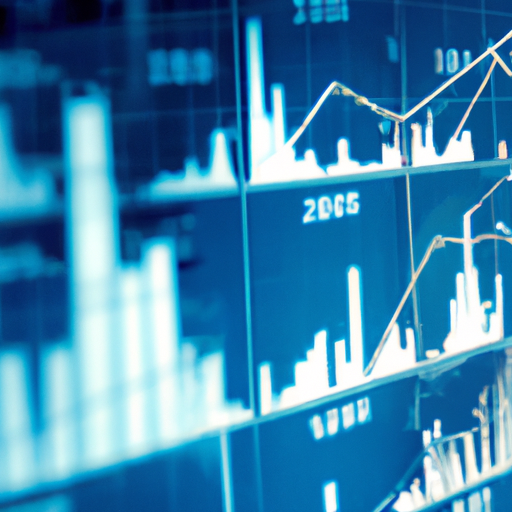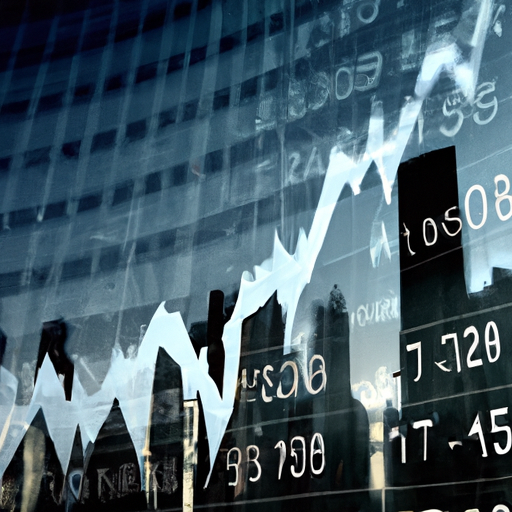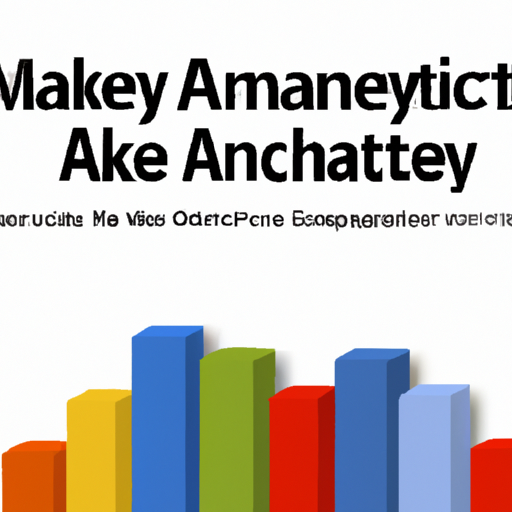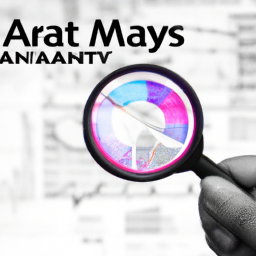What Is Trend Forecasting?
You may have heard the term “trend forecasting” thrown around in conversations or seen it mentioned in articles, but do you know what it really means? Trend forecasting is the practice of identifying patterns, shifts, and developments in various industries to predict what will be popular in the future. By analyzing consumer behavior, societal influences, technological advancements, and cultural movements, trend forecasters are able to provide valuable insights for businesses to stay ahead of the game. So, whether you’re a fashion enthusiast, a business owner, or simply curious about what’s next, understanding trend forecasting can give you a sneak peek into what the future holds.
Table of Contents
What Is Trend Forecasting?

Definition of Trend Forecasting
Trend forecasting is a method used to predict or anticipate future trends and changes in various industries. It involves analyzing current and historical data, identifying patterns and emerging trends, and making predictions about their potential impact on businesses or society as a whole.
Purpose of Trend Forecasting
The primary purpose of trend forecasting is to help businesses and organizations make informed decisions about their products, services, and strategies. By analyzing trends, businesses can anticipate shifts in consumer preferences, market demands, and technological advancements. This insight allows them to adapt and stay ahead of the competition, maximize opportunities, and minimize risks.
Benefits of Trend Forecasting
There are several benefits to incorporating trend forecasting into business strategies. Firstly, it provides businesses with a competitive advantage by identifying upcoming trends before they become mainstream. By being early adopters, companies can position themselves as trendsetters in their respective industries.
Secondly, trend forecasting enables businesses to make strategic decisions that align with the future needs and desires of their target audience. By understanding emerging trends, companies can tailor their products, services, and marketing efforts to meet customer expectations. This creates a stronger connection with consumers and can lead to increased customer loyalty and satisfaction.
Lastly, trend forecasting helps businesses stay agile and adaptable in a constantly evolving market. By being proactive and prepared for upcoming changes, companies can quickly adjust their strategies, product offerings, or operational processes. This flexibility allows them to remain relevant and successful in the long term.
Process of Trend Forecasting
The process of trend forecasting typically involves three main steps: data collection and analysis, identifying patterns and emerging trends, and creating predictions and forecasts.
Data Collection and Analysis
The first step in trend forecasting is gathering relevant data from a variety of sources. This can include market research reports, consumer surveys, social media trends, economic indicators, and industry reports. The more comprehensive the data collection, the more accurate and reliable the forecasts will be.
Once the data is collected, it needs to be analyzed and interpreted. This involves identifying key insights, trends, and patterns within the data. Statistical methods, data visualization, and qualitative analysis techniques are often used to extract meaningful information and identify potential trends.
Identifying Patterns and Emerging Trends
After analyzing the data, the next step is to identify patterns and emerging trends. This requires assessing the data for recurring themes or changes that may indicate a shift in consumer behavior or market dynamics. By identifying these patterns, trend forecasters can start to make predictions about the potential impact and longevity of these trends.
Creating Predictions and Forecasts
Based on the analysis and identification of patterns, trend forecasters can then create predictions and forecasts. These predictions are informed speculations about how trends will evolve in the future. They consider factors such as market conditions, technological advancements, social and cultural changes, and consumer behavior.
Forecasts are typically presented in various formats, such as trend reports, scenario planning, or trend presentations. These forecasts provide businesses with actionable insights and recommendations on how to respond to future trends.
Validation and Refinement
Once the predictions and forecasts are created, it is crucial to validate and refine them continuously. This is done by monitoring and evaluating real-time data and market developments. Trends can change rapidly, so ongoing validation ensures that forecasts remain relevant and accurate. Trend forecasters may adjust their predictions or develop new ones based on updated information.
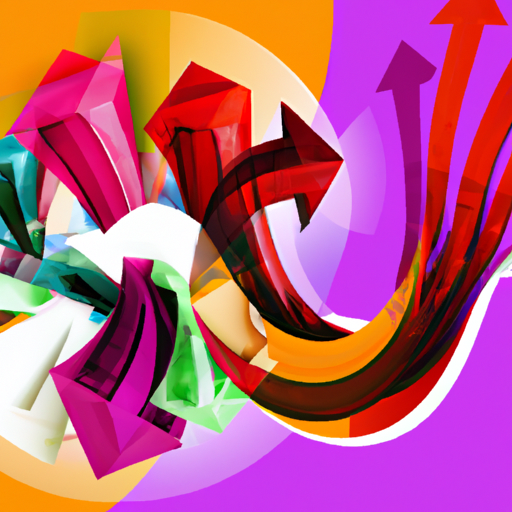
Application of Trend Forecasts
Trend forecasting can be applied across various industries and sectors. Here are a few examples of how trend forecasting is used in different domains:
Fashion and Retail
In the fashion industry, trend forecasting plays a vital role in determining the colors, fabrics, and designs that will be popular in future seasons. Retailers rely on trend forecasts to plan their inventory, merchandising, and marketing strategies. By staying ahead of emerging fashion trends, brands can cater to consumer preferences and drive sales.
Technology
In the technology sector, trend forecasting helps companies anticipate new technological advancements and consumer demands. By analyzing past trends and market research, tech companies can develop innovative products and services that align with the future needs of consumers. Trend forecasting also assists in identifying potential disruptors and staying competitive in a rapidly evolving industry.
Food and Beverage
In the food and beverage industry, trend forecasting helps businesses identify upcoming culinary preferences and health-conscious consumer demands. By analyzing trends in nutrition, cooking techniques, and dining habits, companies can develop new products and menus that cater to changing tastes and preferences.
Marketing and Advertising
Trend forecasting is also essential in the marketing and advertising industry. By understanding consumer behavior and emerging trends, marketers can create targeted campaigns that resonate with their target audience. Trend forecasts help inform brand messaging, campaign aesthetics, and media choices to ensure maximum impact and engagement.
Examples of Trend Forecasting in Various Industries
One notable example of trend forecasting in action is the fashion brand Zara. They have mastered the art of trend forecasting, allowing them to quickly respond to and capitalize on emerging fashion trends. Zara’s ability to bring new designs to market in a matter of weeks has made them a leader in the fast fashion industry.
In the technology sector, companies like Apple have excelled in trend forecasting. They consistently anticipate and introduce innovative products that capture consumer attention and drive market demand. Apple’s ability to predict consumer needs and preferences has made them one of the most successful and influential tech companies in the world.
In the food industry, Whole Foods Market is known for its trend forecasting expertise. They accurately identify and respond to emerging food trends, such as plant-based diets and organic produce. By stocking products that align with these trends, Whole Foods has become a go-to destination for health-conscious consumers.
In conclusion, trend forecasting is a valuable tool for businesses and organizations in navigating an ever-changing market landscape. By analyzing data, identifying patterns, and making predictions, trend forecasters provide businesses with insights to make informed decisions and stay ahead of the competition. The benefits of trend forecasting extend across various industries, enabling companies to adapt, innovate, and meet the evolving needs of consumers.


